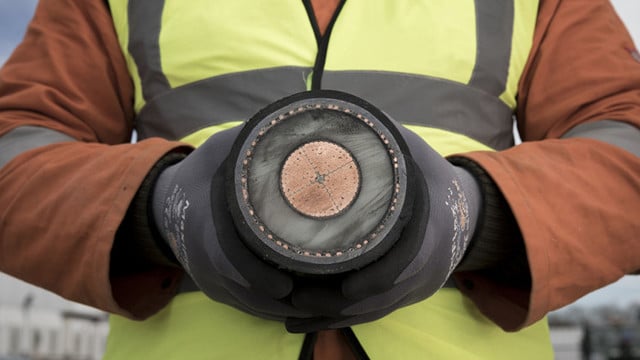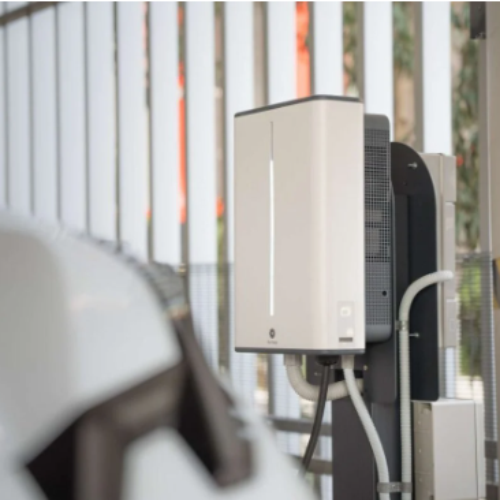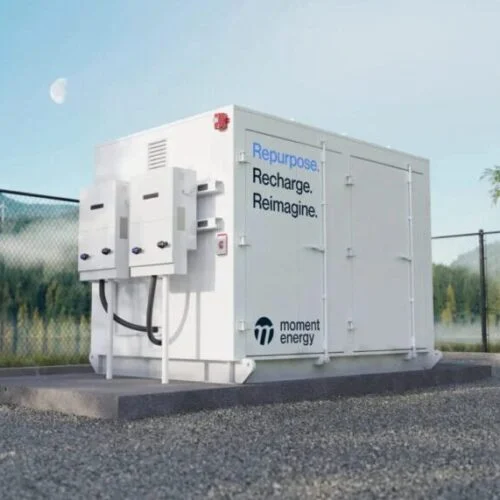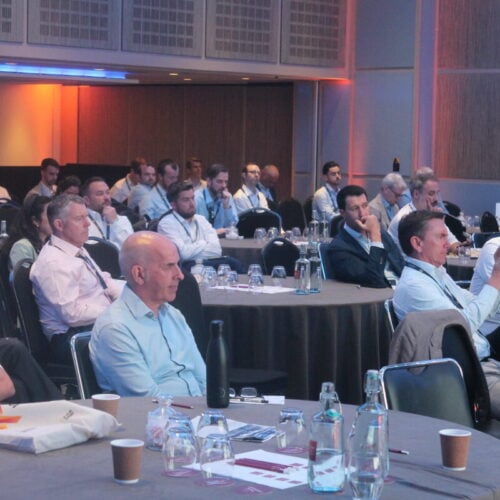The UK’s energy regulator Ofgem has approved a £3.4 billion funding package to build a new 436km subsea electricity cable connecting Scotland and Yorkshire.
Dubbed an electricity “superhighway”, the Eastern Green Link 2 (EGL2) project will be capable of transmitting 2GW of electricity between Peterhead, Aberdeenshire, and a new converter station in North Yorkshire.
The majority of the over 500km cable will be developed under the North Sea, with 436km planned to connect Sandshore Bay to Wilsthorpe, Yorkshire. The remaining 70km of cabling will be buried underground onshore. Construction is expected to begin later this year and be completed by 2029.
The £3.4 billion investment is set to be the largest single investment for British electricity transmission infrastructure to date. As previously reported on Current±, the project was provisionally awarded funding in March of this year.
The project, which is being jointly developed by Scottish and Southern Electricity Networks Transmission (SSENT) and National Grid Electricity Transmission (NGET), is the first of 26 major energy projects to complete Ofgem’s new fast-track approval and funding system, the Accelerated Strategic Transmission Investment programme (ASTI). The ASTI is designed to speed up grid connection times for new offshore clean energy projects by a full two years.
Announcing the approval, Jonathan Brearley, Ofgem CEO, said: “Ofgem is fully committed to supporting the government to meet its aims of getting clean power by 2030. Today’s announcement is a further step in putting the regulatory systems and processes in place to speed up network regulation to achieve its aim.”
Industry and government response
The announcement has generated major excitement across the energy industry, with significant praise for the approval across the board.
Lawrence Slade, chief executive of Energy Networks Association (ENA) called the announcement “really welcome news”, adding: “To move us forward towards clean power will require the biggest upgrade to the grid in decades. In turn, these projects will unlock jobs, secure work for contractors and suppliers, and ultimately mean more secure energy supplies in the future. This is a crucial part of that jigsaw.”
The Department of Energy Security and Net Zero (DESNZ) also welcomed the decision, with industry minister Sarah Jones commenting: “To achieve our mission for clean power by 2030, we need a grid capable of transporting homegrown energy from renewable sources to power up our homes and businesses.
“These projects could support thousands of good jobs, whilst saving over a billion by upgrading the system, using the latest in offshore technology. It forms part of our plan to reduce our reliance on fossil fuel imports so we can protect billpayers, boost Britain’s energy independence and accelerate our path to net zero.”






